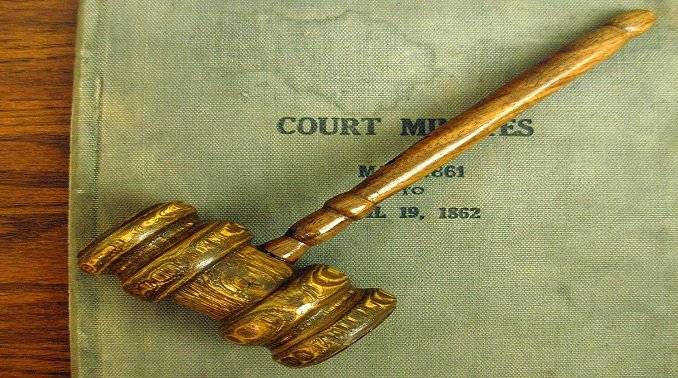This post was first published on 5th December, 2014.
The Supreme Court’s non-obviousness precedent commenced with Graham v. John Deere Co., and its companion cases, Calmar v. Cook Chemical and United States v. Adams, collectively referred to in patent circles as the Trilogy. This trilogy represents the Supreme Court’s first interpretation of the statutory non-obvious requirement. The principal issue in the trilogy was establishing the level of ingenuity necessary to satisfy the Section 103 non-obvious requirement that had been added to the Patent Act in 1952.
The decision in Calmar offered a detailed description of prior art and the differences between the claims at issue and the prior art. The opinion, however, provided no discussion of the level of ordinary skill in the art. On the other hand, Adams contained some analysis relevant to the person of ordinary skill, but remains deficient in defining the level of ingenuity necessary to satisfy the non-obvious requirement.
Section 103 of Title 35 of the US Code (35 U.S.C. 103) which acts as a source for the non-obviousness requirement sets forth that even if an invention is new, a patent may not be obtained “if the differences between the subject matter sought to be patented and the prior art are such that the subject matter as a whole would have been obvious at the time the invention was made to a person having ordinary skill in the art to which said subject matter pertains”.
This provision sets before us newer concepts that are involved with determining non-obviousness, including the concepts of prior art, a person having ordinary skill in the art and the time the invention was made.
For prior art to be modified or combined, to reject a claimed invention, there must be a reasonable expectation of success. In the case In re Merck & Co., Inc., a claimed invention directed to a method for treating depression with amitriptyline or nontoxic salts thereof was rejected as prima facie obvious over prior art disclosures that amitriptyline is a compound known to possess psychotropic properties and that imipramine is a structurally similar psychotropic compound known to possess antidepressive properties, combined with prior art suggesting that these compounds would be expected to have similar activity because the structural difference between the compounds involves a known bioisosteric replacement and because a research paper comparing pharmacological properties of these two compounds suggested clinical testing of amitriptyline as an antidepressant. The Court sustained the rejection after determining that the teachings of the prior art provided sufficient basis for a reasonable expectation of success.
An often ignored factor is the time the invention was made. After a patent application is filed, a long period of time often lapses before the application is taken up for examination. In particular, drug patent applications have sometimes experienced prolonged wait for examination due to the large number of applications filed relative to the number of examiners capable of examining those applications. During the period between filing and examination, technology may have changed substantially. This is the case in particularly for fast-moving technologies such as computer chips.
The trilogy will be discussed in detail in subsequent posts.
Source: here
Image Source and attribution : here (this is governed by GFDL license)



